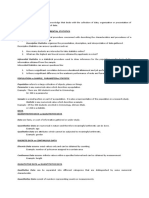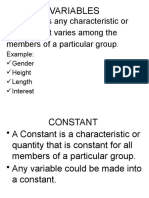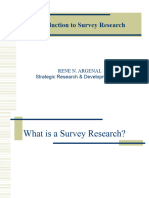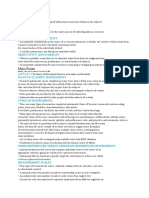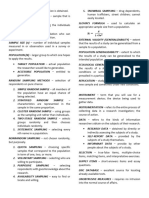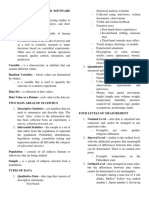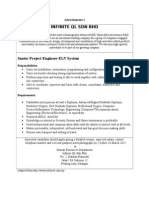0% found this document useful (0 votes)
20 views8 pagesBusiness Research Notes
The document provides an overview of research methodology, including the formulation of research questions and hypotheses, types of research designs, and data collection methods such as interviews, experiments, and surveys. It emphasizes the importance of sampling methods, questionnaire design, and statistical analysis in both qualitative and quantitative research. Additionally, it discusses the concepts of validity, reliability, and the potential for publication bias in research findings.
Uploaded by
MarkyBoiCopyright
© © All Rights Reserved
We take content rights seriously. If you suspect this is your content, claim it here.
Available Formats
Download as PDF, TXT or read online on Scribd
0% found this document useful (0 votes)
20 views8 pagesBusiness Research Notes
The document provides an overview of research methodology, including the formulation of research questions and hypotheses, types of research designs, and data collection methods such as interviews, experiments, and surveys. It emphasizes the importance of sampling methods, questionnaire design, and statistical analysis in both qualitative and quantitative research. Additionally, it discusses the concepts of validity, reliability, and the potential for publication bias in research findings.
Uploaded by
MarkyBoiCopyright
© © All Rights Reserved
We take content rights seriously. If you suspect this is your content, claim it here.
Available Formats
Download as PDF, TXT or read online on Scribd
/ 8










